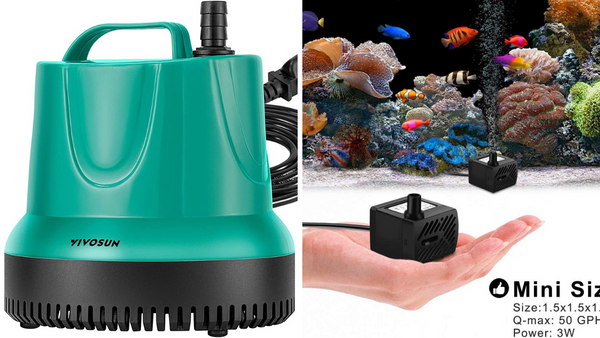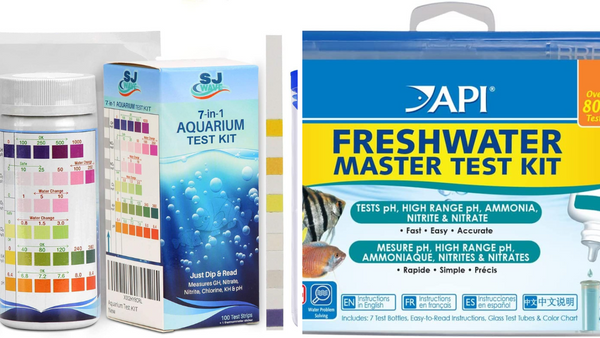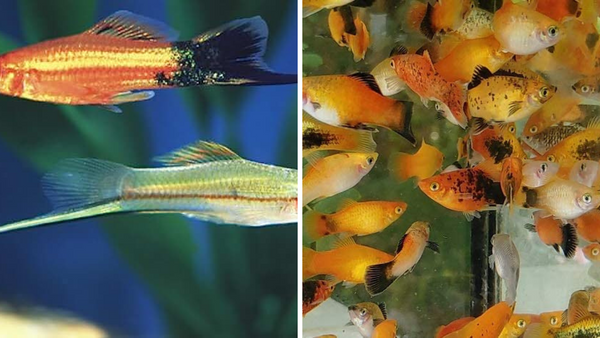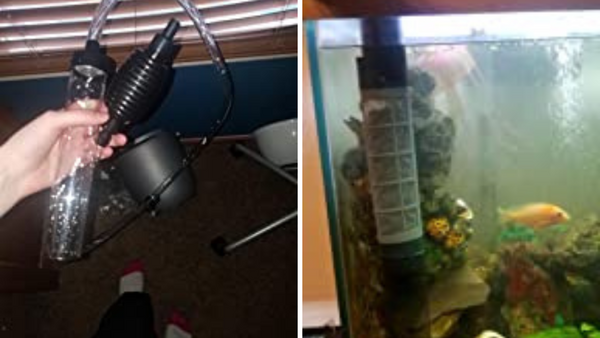Planting Aquarium Plants In Gravel
Aquariums can be a beautiful and calming addition to any home, especially with the addition of aquatic plants. But planting aquatic plants in an aquarium requires some care and attention to ensure that they thrive. In this article, we'll take a closer look at how to correctly plant aquatic plants in gravel.
Step 1:Essential Equipment
Before you begin, make sure you have the necessary equipment. You will need a substrate to plant your aquatic plants in, such as gravel. Additionally, you may want to consider investing in a nutrient-rich fertilizer to assist with the growth of your plants.
Step 2: Preparing the Substrate
Proper preparation of the substrate is essential for healthy plant growth. First, rinse the gravel thoroughly to remove any dirt or debris. Then, spread the gravel in a thin layer across the bottom of the aquarium, making sure to cover the entire surface evenly.
Step 3: Selecting Suitable Plants
When selecting plants for your aquarium, consider the size of the tank and the amount of light it receives. Some popular choices for aquatic plants include Java Moss, Amazon Sword, and Anubias. These plants are relatively easy to care for and can grow well on a gravel substrate.
Step 4: Planting Techniques
To plant your aquatic plants, start by preparing the plant itself. Trim off any damaged or wilted leaves before carefully removing them from their container. Gently tease apart the roots to help them spread out once planted. Next, dig a small hole in the gravel and gently place the plant's root system into the hole. Cover the roots with a thin layer of gravel to hold the plant in place.
Tips and Tricks"Healthy Plants, Healthy Fish: The Importance of Proper Aquarium Planting"
Maintaining the health of your aquatic plants takes a bit of effort, but it's worth it. Here are some tips and tricks to help you along the way:
- Regularly clean your aquarium to help keep the water quality high.
- Use a fertilizer specifically designed for aquatic plants to ensure they receive the nutrients they need.
- Be mindful of the amount of light your plants receive. Too much or too little can be harmful.
- Consider adding an air stone to help oxygenate the water.
- If you notice any plant leaves turning brown or wilting, remove them promptly to prevent further damage.
- Product Recommendation and Precautions
When planting in a gravel substrate, it's important to use a fertilizer that is specifically formulated for aquatic plants. One great option is [product]. It contains essential nutrients like iron and potassium that are important for plant growth. However, be sure to follow the instructions carefully and avoid over-fertilizing, which can be harmful to your plants and fish.
In conclusion, planting aquatic plants in an aquarium can be a fun and rewarding hobby. By following these step-by-step guidelines and tips, you'll be well on your way to creating a beautiful underwater garden in no time.






